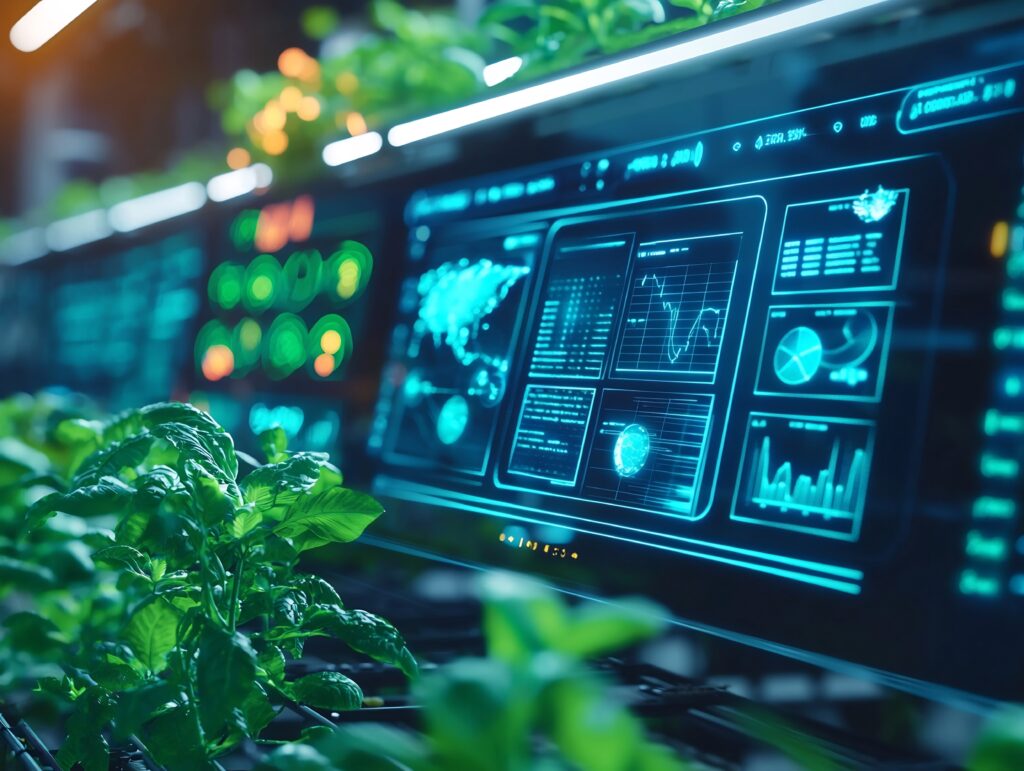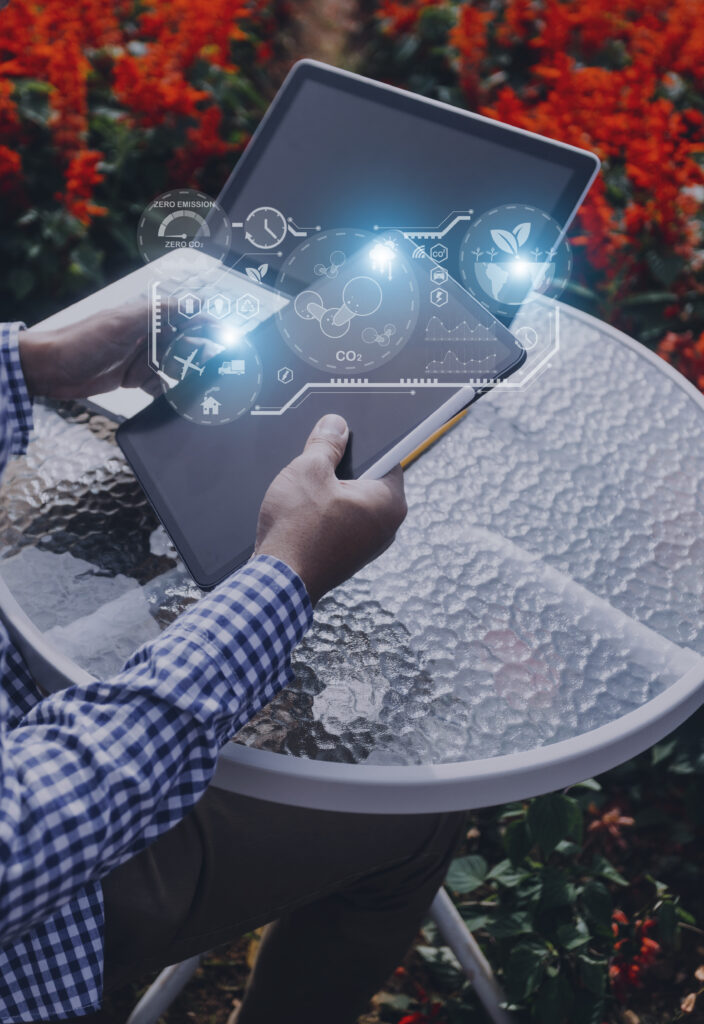



AI is revolutionizing the solar energy sector, particularly through smart monitoring and predictive maintenance systems. These advancements enhance efficiency, reduce operational costs, and improve overall performance. In this blog, we will explore how artificial intelligence integrates with solar energy systems and the role of IoT sensors and energy consumption analytics in this process.
Smart Monitoring: A Game Changer for Solar Systems
Smart Monitoring of performance of solar panels is crucial for maintaining their efficiency. Traditional monitoring methods may involve manual checks or basic systems that only alert operators in case of faults, leading to potential downtimes that could have been avoided. AI-driven systems leverage real-time data analytics to provide a continuous assessment of solar panel performance.
-
Real-Time Data Processing: AI algorithms collect and analyze data from solar panels in real-time. This enables operators to identify inefficiencies or performance issues immediately and address them promptly.
-
Automated Alerts: With smart monitoring, AI systems can automatically send alerts if they detect anomalies or performance dips. This proactive approach allows for quicker responses to potential problems.
-
Performance Optimization: By analyzing historical data, AI can identify trends and hiccups in the system. This information is crucial for optimizing energy production and ensuring that the system performs at its maximum capacity.
Predictive Maintenance: Preventing Downtime Before It Occurs
The concept of predictive maintenance revolves around forecasting when a solar system might experience failures and performing maintenance ahead of time to prevent these issues. Incorporating AI into predictive maintenance offers several advantages:
-
Data-Driven Predictions: Using machine learning models, AI can analyze operation history, weather conditions, and other variables to predict when components are likely to fail. This method reduces unexpected outages and extends the life of the equipment.
-
Cost Savings: Predictive maintenance decreases the costs associated with reactive repairs. By preventing failures before they occur, companies can save significantly on emergency repairs and loss of energy production.
-
Enhanced Reliability: With a predictive maintenance strategy, solar systems become more reliable. Increased uptime translates to consistent energy production and better financial returns.
IoT Sensors: Enhancing Data Collection
The Internet of Things (IoT) plays a pivotal role in the transition to smarter solar energy solutions. IoT sensors gather data that AI systems analyze to provide insights and enhance system performance.
-
Diverse Sensor Applications: IoT sensors can monitor various aspects of solar installations, including temperature, humidity, solar irradiance, and energy output. This multifaceted data collection is critical for comprehensive system analysis.
-
Improved Analytics: The data fed from these sensors allows AI to develop refined analytics, leading to more informed decisions regarding maintenance and upgrades.
-
Remote Monitoring Abilities: IoT-enabled sensors facilitate remote monitoring of solar systems. This capability means operators can monitor performance from anywhere, enabling better resource allocation and quicker responses to potential issues.
Energy Consumption Analytics: Understanding Usage Patterns
Understanding energy consumption patterns helps maximize the effectiveness of solar installations. AI utilizes advanced analytics to glean insights from this data.
-
User Behavior Insights: By analyzing when and how energy is consumed, AI can help predict peak usage times. This information can be vital for optimizing energy production schedules and metered consumption.
-
Smart Grid Integration: AI can help integrate solar systems into the larger power grid effectively. By understanding energy consumption, AI promotes energy sharing within the grid, contributing to sustainability efforts.
-
Decision Support for Users: With detailed energy consumption analytics, consumers can make informed decisions regarding their energy use. AI-powered dashboards can indicate when to use energy or when to store it for later use, increasing the overall efficiency of the system.
Conclusion
The integration of AI, IoT sensors, and energy consumption analytics into solar systems marks a significant advancement in renewable energy technology. These enhancements lead to more efficient and Smart Monitoring practices, predictive maintenance capabilities, and a deeper understanding of consumption patterns, ultimately increasing the viability and reliability of solar energy solutions. By leveraging these technologies, businesses and households can optimize their energy use, reduce costs, and contribute to a more sustainable future.
To learn more about related topics, explore our other blogs:
- Smart Solar Technology: Innovations in Solar Energy
- Understanding Predictive Maintenance in Renewables
For expert solar solutions, contact us at Andromeda Energy.
For Further Detail
https://www.renewableenergyworld.com/


Leave a Reply